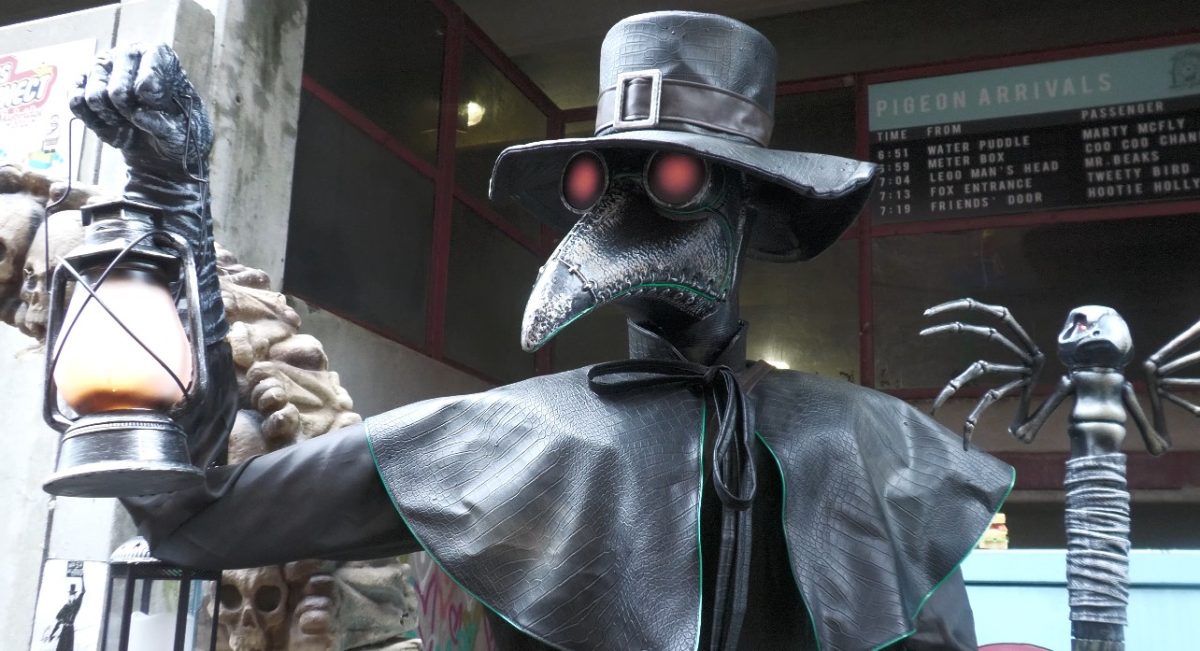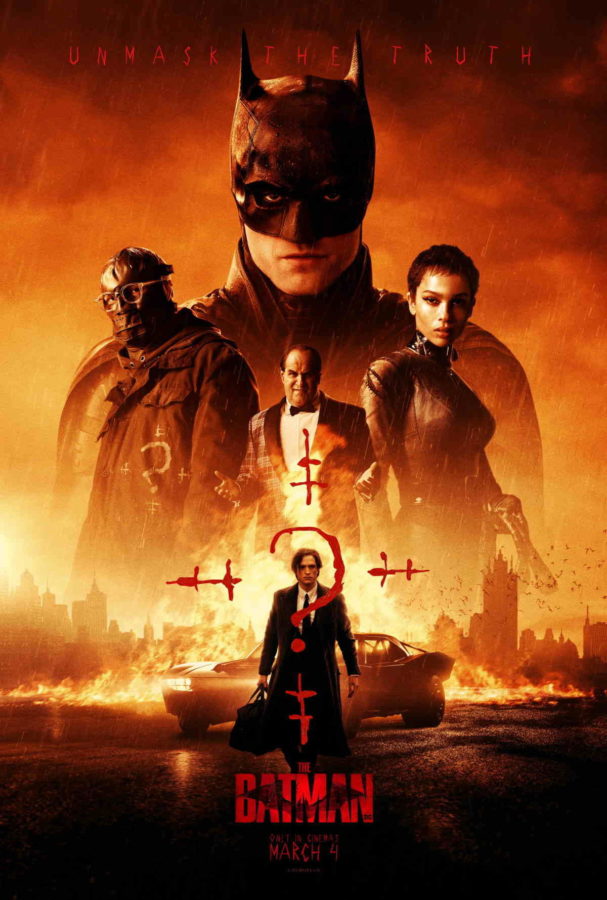
Two days ago I sat down at Java Werks and played chess with USM student Chuck Carruth, creator of Megiddo Chess, a 2-to-4 player version of chess. His game adds some strange new features: an additional 2×8 section to each side and a religious theme to each set. Blue symbolizes Judaism, gold represents Christianity, green is Islam, and red is the Devil.
When I asked about the religious concept behind his game, Carruth stated, “I’m not trying to make a political statement or anything, but it kind of represents the insanity behind all of the conflict between religions today.” Curious about the name, I didn’t need to look much further than the pamphlet included with this game. “Megiddo … was the scene of many battles throughout early history because of its strategic position connecting Egypt with Mesopotamia. More blood has been spilled on this sand and rock than anywhere else on the planet. It is here that the Battle of Armageddon will occur. ‘And they gathered all the armies of the world near a place called in Hebrew, Armageddon – the mountain of Megiddo.’ Revelation 16:16.”
Wow. With an introduction like that, I couldn’t wait to play a game.
I found that Megiddo Chess is played much like traditional chess, with the exception of a larger playing field. In 3- and 4-player games players can team together to checkmate a stronger player, and then go back to battling amongst themselves. In larger games the checkmated player’s pieces are removed from the board so that the squares can be used for the remaining armies.
One peculiar feature I noticed was that each set had two queens. After asking why, Chuck responded, “In the two-player Allied Attack version, each player controls two armies – one army with the king and the queen, and the other army with two queens.” When playing with two armies, there would be no need for two kings, as it would complicate what dictates a checkmate.
Another way of playing the game is called Diagonal Deception. In this 2-player game one player plays on one side, and the other player picks a side to his left or right instead of the traditional across-the-board placement. As one can imagine, this style completely throws off the normal flow of the game, and the historical chess openings like the Sicilian Defense and the Queen’s Gambit have to be rethought to match an army colliding from a different angle.
Some important elements to note are the strengths and weaknesses of pieces in this version. The extra squares to the left and right that are unoccupied in ‘Across the Board 2-player’ are usable, which results in extremely powerful bishops, queens, and rooks. And knights? Because of their versatility and the larger playing field, they become very difficult to pin (and way more fun to use). Furthermore, since there are four more squares between you and your opponent than before (at least across from one another), pawns are slightly weaker. Finally, pawns that make it across to the other side in Diagonal Deception don’t get to choose to become queens or any other piece. While that does make it fairer, it further decreases the power of the pawn.
The real beauty of this version of chess is the ability to bring more than two players into the game. When I think of chess, I first imagine the thousands of games I’ve played, and second I recall the temporary audience that usually got bored and left in less than a minute. With four players you can not only make the game more social, but also each person gets to pick a religion – and there aren’t many things stranger than seeing Christianity and the Devil teaming up to battle Judaism and Islam.
I walked away from Java Werks the victor of two games of Megiddo Chess and the proud owner of my own copy of the game. Although I still can’t help but think to myself, “Dammit, he let me win, didn’t he?”
Chuck sells his game here in Hattiesburg at A Beautiful Day and at Comics & Stuff for $45. He is also interested in starting a Megiddo Chess club for all ages. You can find all information on his website, www.megiddochess.com.






























